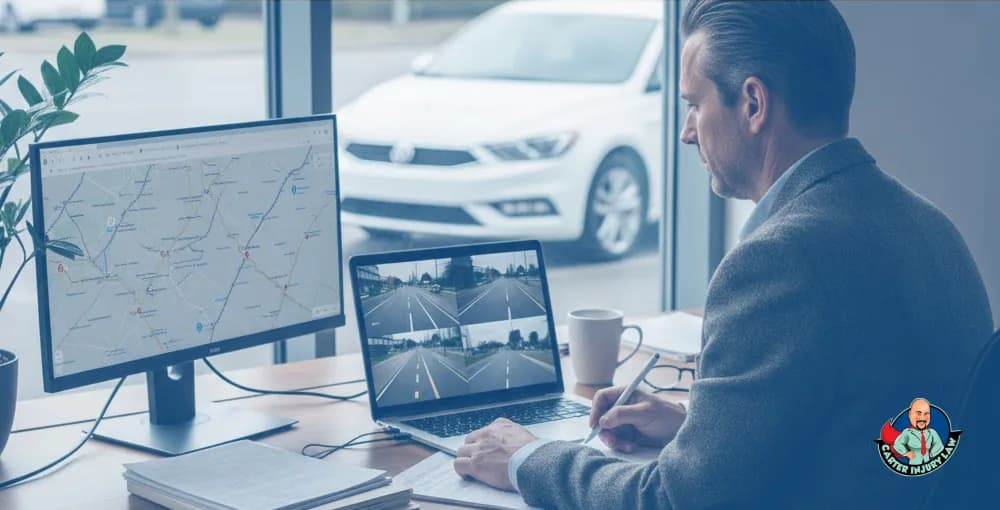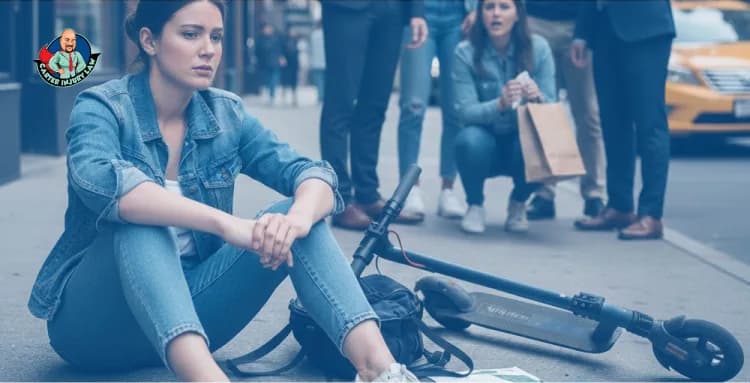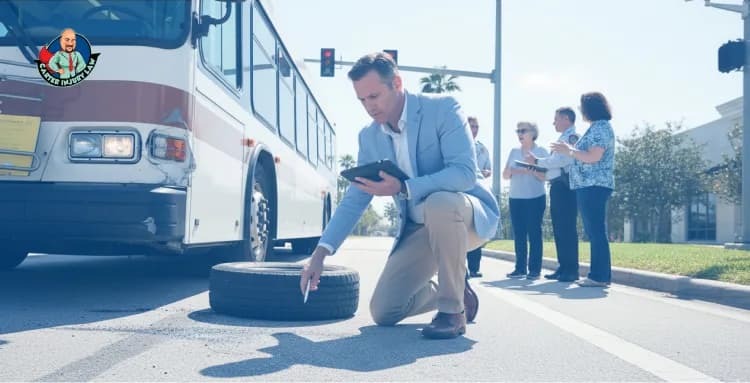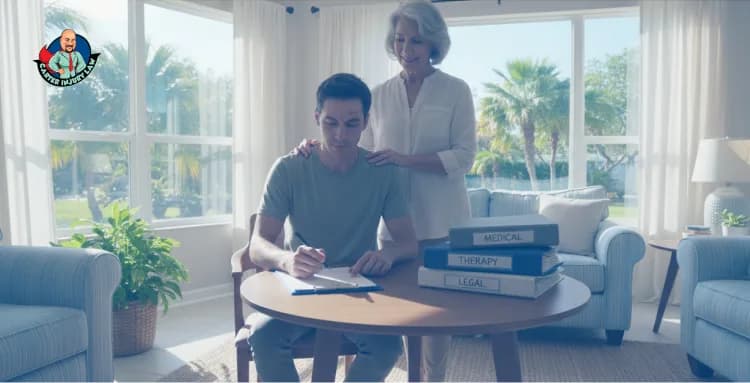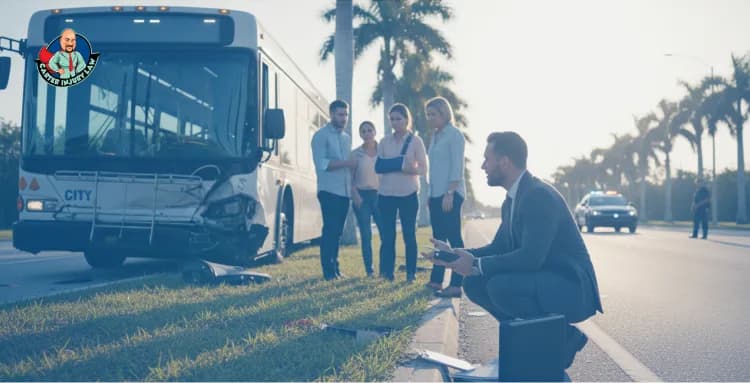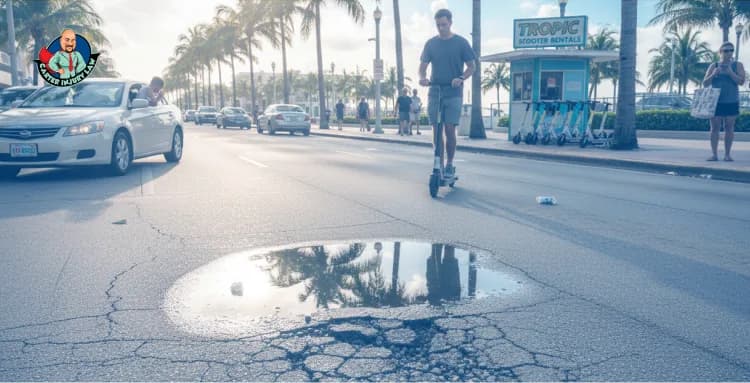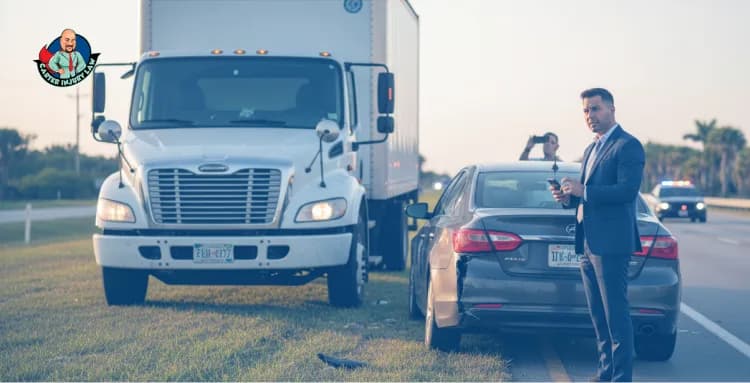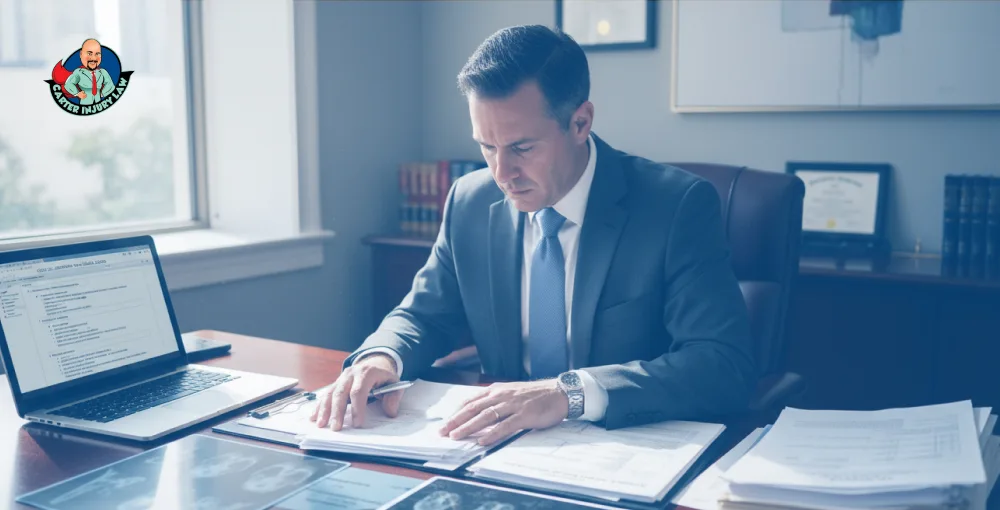I have lived and worked in Florida long enough to know that golf carts are more than a way to get around the greens. In retirement communities, they are part of daily life, as common as front porch chatter and morning walks. I see them lined up outside grocery stores, moving along quiet roads, sometimes even carrying more grandchildren than groceries. They make life easier, and for many, they make life possible.
However, in my office at Carter Injury Law, I hear the other side of that story. The calls come from families blindsided by a crash that never should have happened. A neighbor’s cart tipping on a curve. A driver who did not notice the stop sign. A path so poorly lit it might as well have been invisible. These aren’t harmless mishaps. Broken bones, head injuries, and lifelong medical bills often follow.
The hardest part for most people is not only the injury however, the confusion that comes after. Who is responsible? The driver? The retirement community? The manufacturer of the cart itself? The law has answers, however, they are rarely simple. And if you are living in one of Florida’s retirement communities, you might be surprised at just how much turns on a single detail…
(1) The Real Causes of Golf Cart Accidents in Retirement Communities
When I sit down with clients after a golf cart accident, I always start by asking about the moment before it happened. More often than not, the story begins with something that looks ordinary. A cart turning a little too fast. A driver chatting with a passenger instead of keeping eyes on the road. A path that had been patched so many times it felt like a trap waiting for wheels.
Speed is a common thread. Golf carts were never built to handle sharp turns at higher speeds, yet I have seen too many cases where a few extra miles per hour led to a rollover and someone thrown from their seat. The carts themselves don’t offer much protection. No airbags, thin frames, open sides. When they tip, the body takes the full force.
Then there’s the problem of sharing the road. In many Florida communities, golf carts and cars weave around each other on the same stretches of asphalt. One distracted driver in a sedan can change a quiet afternoon into a disaster. I have handled cases where a cart had the right of way, however, the car driver never saw it coming until it was too late.
Infrastructure is another culprit. Poor lighting, missing stop signs, uneven pavement. Retirement communities promise safety and ease, however, when corners are cut in maintenance, residents end up paying the price with their health.
Each cause seems simple when you pull it apart, however, in the aftermath of an accident, the question is never just what happened. It is who allowed it to happen, and that is where liability takes center stage.
(2) Who Can Be Held Liable Under Florida Law
When clients come to me after a golf cart accident, their first question is almost always the same: Who is responsible for this? The answer depends on the details, however, Florida law has some clear lines that I’ve seen play out again and again.
The driver is often the starting point. If someone was careless, driving too fast, or ignoring the rules, their negligence can put them on the hook. however, it doesn’t stop there. Florida treats golf carts as what the law calls “dangerous instrumentalities.” That means the owner of the cart can be held liable even if they weren’t the one behind the wheel. I’ve handled cases where a cart was loaned to a friend or family member, and the owner still carried legal responsibility for the damage that followed.
Retirement communities and homeowners’ associations are not exempt either. If a crash happens because the paths were poorly maintained, lighting was missing, or signage was confusing, the community itself may share liability. They owe a duty to keep residents safe, and when they fail, people get hurt.
Sometimes it isn’t the driver or the community. I have seen cases where a defect in the golf cart, like a brake failure or a steering problem, made the accident inevitable. In those situations, the manufacturer or repair shop might be the party we hold accountable.
Liability is rarely clean-cut, and often, more than one party shares the blame. Florida’s system allows fault to be divided, and that’s where things become complicated. Add in questions of insurance coverage, and the simple idea of responsibility quickly turns into a maze.
And that’s the point where most people realize the real challenge is not just proving fault however, understanding how Florida law and insurance rules decide what happens next.
(3) How Florida Law and Insurance Complicate Golf Cart Accidents
I wish I could tell clients that golf cart accidents follow the same rules as car accidents, however, that isn’t true. Florida law carves out special lanes for golf carts, and understanding those rules can change the entire outcome of a case.
For example, under Florida Statute 316.212, golf carts are only allowed on certain roads and under certain conditions. If a driver takes a cart somewhere it shouldn’t be, like a busy public street not designated for carts, that detail can shift how liability is assigned. It can even affect whether insurance coverage applies at all.
And insurance is where most people get caught off guard. Many assume their homeowner’s or auto insurance will automatically cover golf cart accidents. In reality, those policies often exclude carts unless you’ve purchased specific coverage. I’ve had clients facing hospital bills and rehabilitation costs only to find out the policy they trusted didn’t extend to the vehicle they used every day.
Florida also follows comparative negligence, which means more than one party can share the blame. If you were driving a cart slightly over the speed limit however, the other driver failed to yield, both of you may be assigned percentages of fault. Compensation is then reduced according to that split. It’s a fair system in theory, however, in practice, it can feel punishing for someone already injured.
The mix of law and insurance creates a puzzle that most people don’t have the energy to solve after an accident. That’s why I step in to gather the facts, apply the statutes, and push back when insurers try to deny coverage.
however, knowing the law is only half the battle. What matters most in the hours and days after a crash are the choices you make, and that’s why I always tell my clients to follow a few critical steps right.
(4) What I Tell My Clients To Do After a Golf Cart Accident
When someone calls me in the hours after a crash, they’re often overwhelmed and unsure where to start. The steps you take right after an accident can make or break your case. Over the years, I’ve narrowed it down to the essentials.
First, get medical attention immediately. Even if you feel fine, golf cart accidents often cause injuries that don’t show up right away. I’ve seen clients ignore dizziness or soreness only to discover a concussion or fracture days later.
Second, document everything. If you can, take photos of the scene, the cart, the road conditions, and any visible injuries. Ask for witness names and contact information. Keep any maintenance records if the cart was yours. These small details often decide liability when the story is disputed later.
Third, report the accident. Notify community security, management, or law enforcement. An official report adds weight to your case and prevents the other party from rewriting the story.
Fourth, contact a lawyer early. Evidence fades fast, paths get repaired, witnesses move, and carts get fixed or scrapped. I step in to preserve those details before they disappear, and I know what to look for that most people miss.
In those first days, it’s easy to feel powerless; however, the truth is you have more control than you think. Your actions can protect your health, your finances, and your right to hold the responsible party accountable.
(5) Protecting Yourself and Your Loved Ones
After handling so many of these cases, I’ve come to believe that golf carts represent both freedom and risk in Florida’s retirement communities. They let people stay mobile, social, and independent; however, one accident can turn that freedom into months of pain and financial strain.
My team and I work with clients across Florida who are facing these very situations. We handle golf cart accident cases on a contingency fee basis, which means you don’t pay us unless we win for you. That way, you can focus on healing while we focus on the fight.
I’ve seen too many people assume they have no recourse or wait too long to explore their options. The sooner you act, the stronger your case becomes. If you or someone you love has been injured in a golf cart accident, reach out. Let’s talk through what happened, uncover who is truly liable, and take the next steps together.
Because in the end, these communities were built to give you peace, not chaos. My job is to help you get that peace back.




